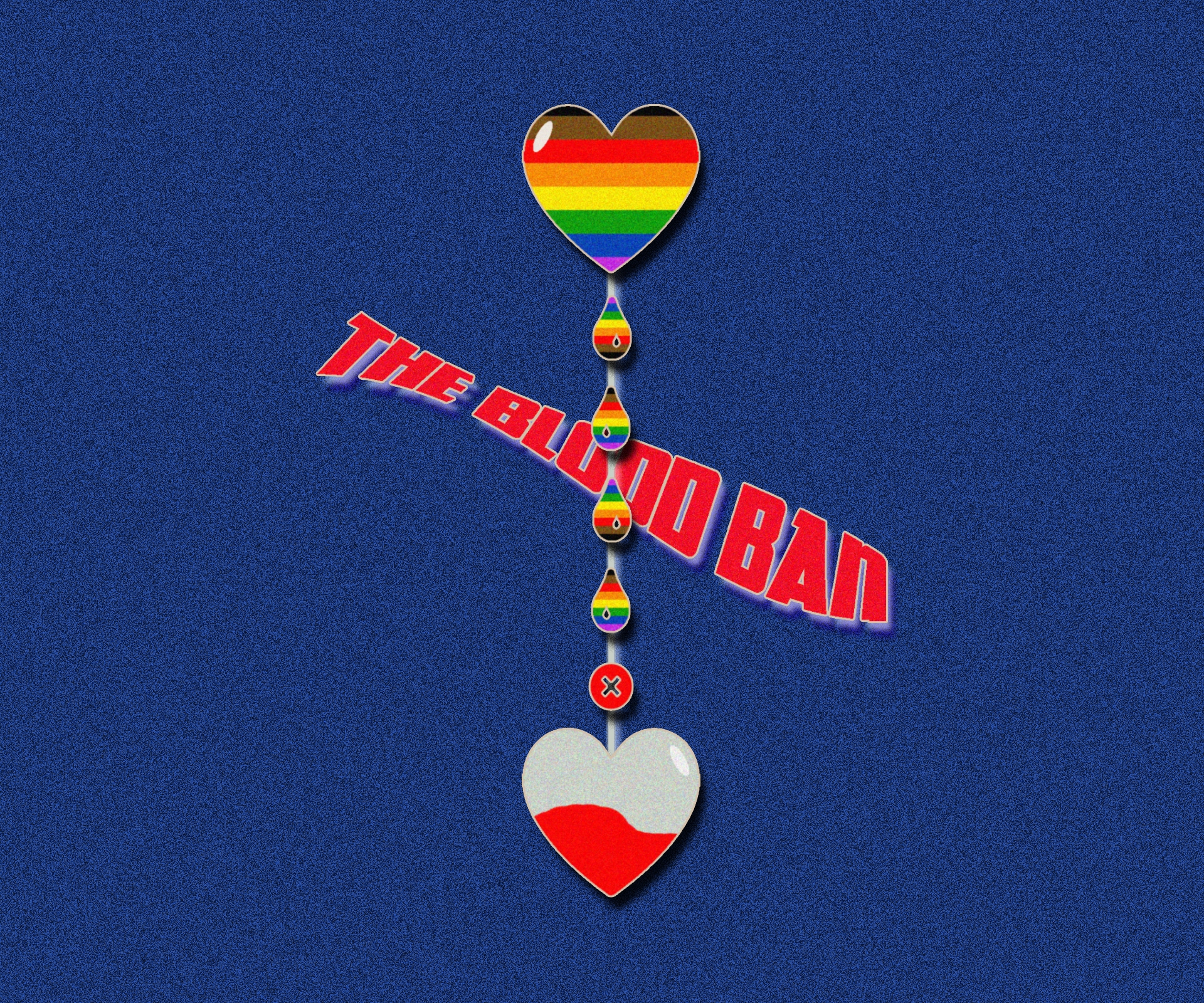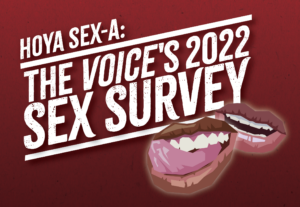“Interested in donating blood?” This startling question presented itself as a storm of Red Cross pamphlets filled my high school’s library. I took one of the many leaflets and suddenly came to the realization that I had never donated blood before—I didn’t even know my own blood type! As a young and healthy teenager, I decided it was finally time to get my blood drawn; I had friends who donated every year, yet it never occurred to me that I could and should donate. So, I convinced a few of my friends to donate with me; we were to make an outing out of our donation. However, after some quick screening and routine paperwork at the in-school clinic, I was told I was ineligible to donate blood.
Terrified, my mind immediately concluded I had some blood illness I was not previously aware of. Nope. A Red Cross volunteer swiftly squashed my fear and informed me that I had been deferred due to my recent sexual relation with another man.
I was incredulous. Immensely confused, I promptly Googled, “Why can’t gay men donate blood?” while my heterosexual friends proceeded through the blood donation clinic without me. What I found shocked my 17-year-old self.
The FDA restrictions surrounding blood donations by men who have sex with men (MSM) originated in 1983. The ban was enacted in an effort to prevent blood bank contamination from undetectable HIV-infected blood. Although the measure was rather strident, the hysteria and lack of scientific knowledge in the early 1980s rationalized this exclusivist emergency measure. But despite the approval of new methods for screening blood in the late ’80s—namely the ELISA assay and its subsequent and substantial improvements—which ensure a near-perfect HIV detection rate, the FDA’s stance on MSM blood donations has not significantly wavered.
In 2002, the FDA approved testing that could detect an HIV infection within several weeks of exposure. Yet the lifetime ban still persisted, and it was not until 2015—only six years ago—that the ban morphed into a 12-month deferral. Now, MSM can only donate blood after abstaining from sexual activities for an entire year.
Since the FDA decision, a recent study reported there has not been a statistically relevant increase in the donation of HIV contaminated blood since the relaxing of the lifetime ban to a 12-month deferral period. More recently, the FDA shortened the deferral period to three months in response to the coronavirus pandemic. The Red Cross is reportedly pushing for this 3-month deferral to be an interim step between the 12-month deferral and the eradication of the ban, but the FDA has made no mention of this. Although three months seem generous relative to a yearly abstention for MSM, modern antigen HIV tests—which were approved for use in 2010—can now yield positive results within seven days of infection. With more advanced and accurate HIV testing—in addition to the mandatory and rigorous screening of donated blood—it makes little sense for the FDA to continue to uphold any sort of deferral period for MSM.
The FDA still contests repealing the ban, claiming that MSM are intrinsically high risk—but it is important to remember that HIV does not exclusively affect gay men. Although there is a disproportionately high concentration of HIV in the homosexual community—69 percent of the 2018 HIV diagnoses were of gay or bisexual men—heterosexuals and drugs users can be (and still are) infected with HIV at significant rates. Logically, 31 percent of the 2018 HIV diagnoses were not MSM (who also didn’t inject drugs). Furthermore, gay and bisexual men are, in fact, more likely to seek HIV tests, and thus are more likely to be aware of their HIV diagnosis than other groups: 82 percent of HIV-positive gay men are aware of their status compared to 80 percent of drug users and 72 percent of heterosexuals. This asymmetrical testing phenomenon skews diagnosis data, implying that MSM have comparatively higher rates of HIV infections than they actually do. All this, in addition to the advent of Pre-Exposure Prophylaxis (PrEP), a daily pill which successfully prevents the transmission of HIV and is primarily used within the gay male community, should be enough to inspire some blood donation reform.
To be clear, I am not advocating for a complete overhaul of the pre-blood donation screening procedure for every individual; rather, I am looking for more nuance when it comes to screening homosexual and bisexual men. There are high-risk individuals and there are low-risk individuals, but the notion that all gay men are innately high risk is downright discriminatory and clearly homophobic. Low-risk individuals include gay men with long-term monogamous partners, men who take PrEP, and men who consistently wear condoms; these individuals should not be subject to a discriminatory FDA deferral period. This is especially relevant when blood, plasma, and COVID-19 antibodies are in high demand. Even now, gay men are still being arbitrarily turned away from participating in life-saving donations. A full repeal of the gay blood ban would increase blood supply by approximately 2 percent, a margin capable of saving hundreds of lives.
Not only would a revaluation—or removal—of the gay blood deferral be the most logical move given current world affairs, but it would also help destigmatize HIV, which has long been referred to as the “gay disease” and was even first known as GRID (gay-related immunodeficiency disease) by healthcare professionals. This institutionalized blood donation referral is based solely on an outdated prejudice which ascribes some level of endemic “gayness” to HIV and, in doing so, perpetuates damaging stereotypes.
I want to donate blood, and I want to help my fellow citizens. But I can’t do that until reform becomes a reality. End discriminatory laws. Repeal the deferral.




